Getting ready to apply for Countryside Stewardship Higher Tier
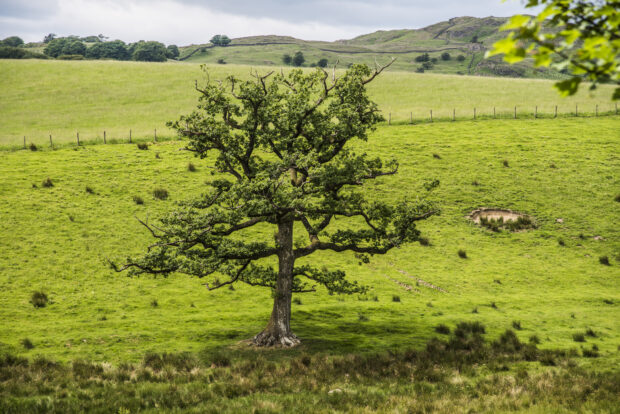
...to wait to be considered and not everyone that would like to apply will be able to do so when CSHT first opens. A single broadleaf tree in a grassy...

...to wait to be considered and not everyone that would like to apply will be able to do so when CSHT first opens. A single broadleaf tree in a grassy...
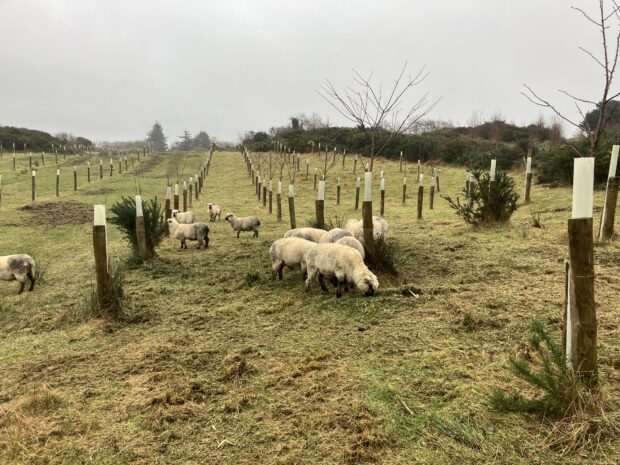
...blog includes references to the Sustainable Farming Initiative (SFI). On Tuesday 11 March the government stopped accepting new applications for SFI. Find out what other support you can access in...
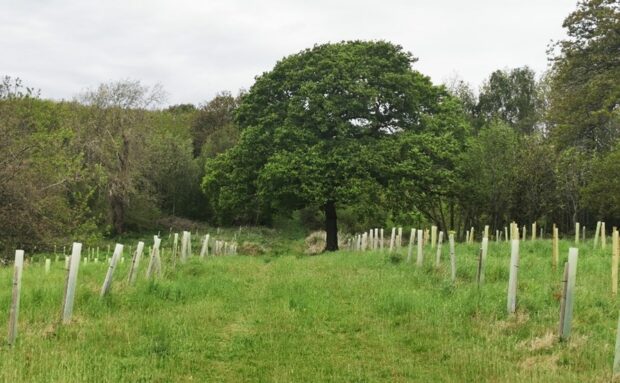
...sharing knowledge, ideas and problem solving and that is exactly what this new report is about too. The first RFS members would perhaps be bemused with some aspects of modern...

...half of that value expected in the next decade. Replacing these lost trees is vital for several reasons. By replacing trees lost to stresses we will be protecting the delicate...
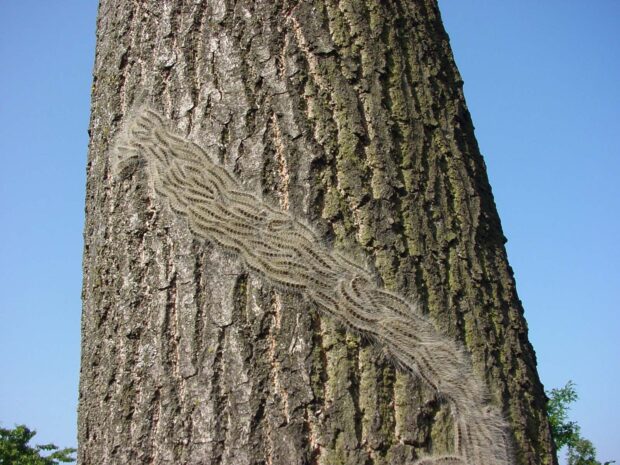
...can’t check imported plants too often for signs of trouble. Don’t presume that because your supplier found no evidence of a pest or disease that you won’t either. You might...

During National Tree Week in 2021 it was announced that the the Woods into Management Forestry Innovation Funds would distribute almost £700,000 to 17 projects restoring biodiversity in vulnerable natural...

...often thought that woodlands should be left alone. However, much of our woodland ecology relies on disturbance to refresh natural life cycles. Before humans colonised, animals such as beavers and...
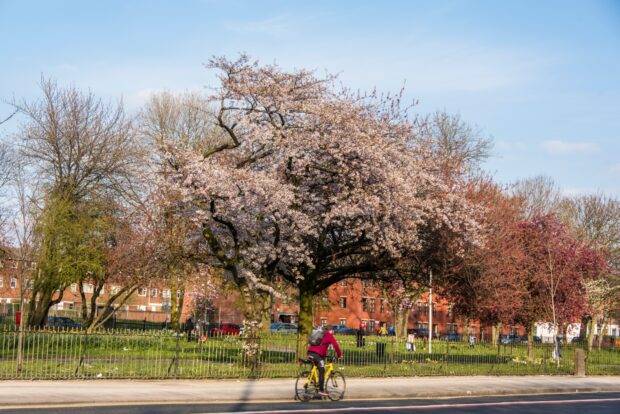
...Procurement Requirement. This is phase 2 of the pilot that was first launched in June 2022. This means that all trees bought by new applicants (from 1 July 2023) for...
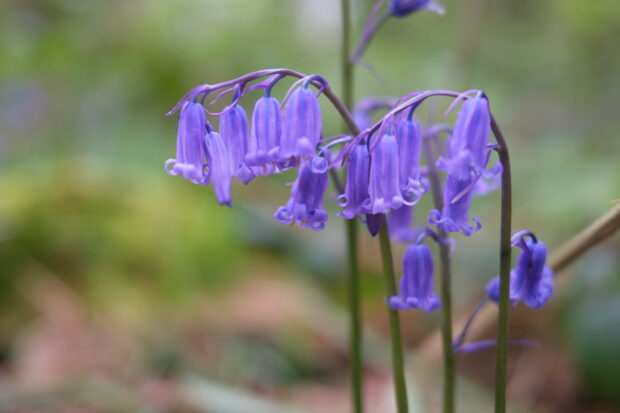
...bluebells by looking out for their narrow leaves, drooping stems, creamy-white pollen and on one side, their recognisable vibrant violet-blue bell flowers with tips that curl back. Native bluebell, Northwich...
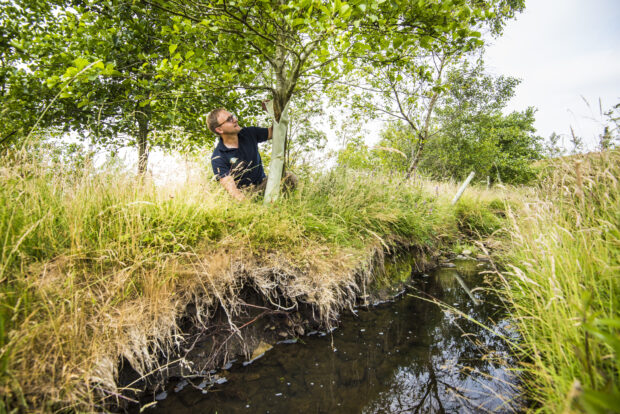
...role in forestry isn’t solely about tree planting and woodland management. There are countless of non-operational roles that are crucial so that reaching our climate, timber, biodiversity and biosecurity goals...